When it comes to workplace efficiency, safety, and ergonomics, elevating carts play a critical role in handling heavy materials. Two key contenders in this space—the Hydraulic Elevating Cart (BZ-BDSL series) and the Mobile Scissor Lift (BCART series)—offer distinct advantages depending on the application. Understanding the differences between these two portable scissor lifts can help businesses select the right tool for the job.
Hydraulic Elevating Cart (BZ-BDSL Series)

Designed for heavy-duty applications, the BZ-BDSL series boasts superior lifting capacity and enhanced features that promote stability and load security. Key advantages include:
- High Load Capacity: Lifts up to 6,000 lbs with a raised height of up to 83 inches.
- Anchor Tabs: Located on the upper deck perimeter to securely attach to workbenches when elevated, ideal for tasks like motor rebuilding.
- Zero-Leak Valves: Minimize hydraulic creep during extended elevation.
- Outriggers: Provide additional support on both ends and opposite sides of the table.
- Square Tubing Legs: Offer improved lateral stability compared to plate steel legs.
- Mobility: Equipped with four 6″ polyurethane swivel casters with locks for smooth movement and positioning.
- Power Options: Available in DC or AC configurations.
Mobile Scissor Lift (BCART Series)
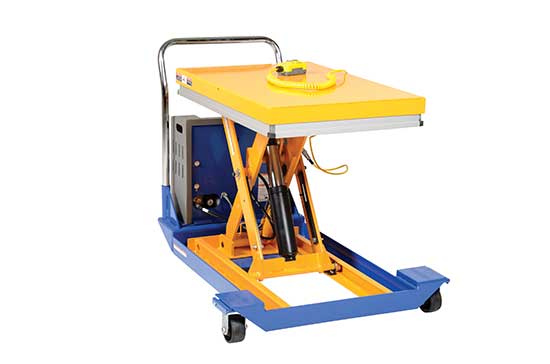
The BCART series offers a more lightweight, maneuverable solution for medium-duty lifting tasks, with a strong emphasis on portability and user convenience.
- Load Capacity: Supports up to 1,500 lbs with a maximum lift height of 42.5 inches.
- Mobility: Includes two 4″ rigid phenolic casters and two swivel casters with brakes, balancing maneuverability with control.
- Power Supply: Standard DC-powered with a built-in 115V AC battery charger.
- Compact Design: Easier to move in tighter workspaces or for more frequent repositioning.
Shared Features
Despite their differences, both lift carts offer key commonalities:
- Compliance: Built to meet OSHA and ANSI MH29 standards for safety and performance in material handling.
- Pinch Point Protection: Perimeter guards enhance operator safety.
- Load Transfer Consideration: Both models are rated for lifting in a stationary position; load transfers should be done in the lowered position.
Choosing the Right Cart
When selecting between the BZ-BDSL and BCART series, consider:
- Load Requirements: For heavier loads and high lifting applications, the Hydraulic Elevating Cart is ideal.
- Work Environment: The Mobile Scissor Lift may be more suitable for lighter loads and applications requiring frequent movement.
- Stability Needs: Tasks that require elevated platform anchoring or maximum lateral support benefit from the BZ-BDSL’s design.
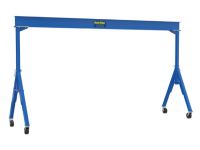 Browse 10 Products
Browse 10 Products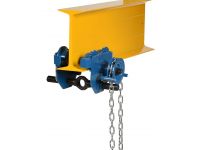 Browse 20 Products
Browse 20 Products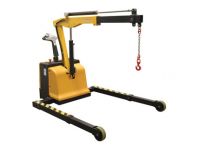 Browse 19 Products
Browse 19 Products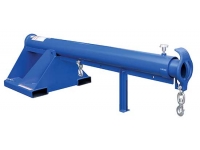 Browse 17 Products
Browse 17 Products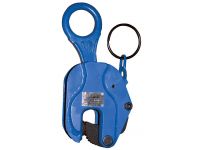 Browse 10 Products
Browse 10 Products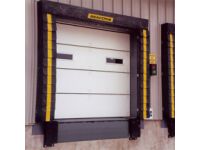 Browse 12 Products
Browse 12 Products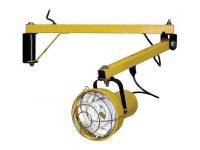 Browse 6 Products
Browse 6 Products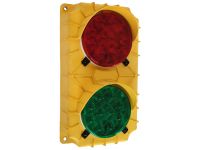 Browse 5 Products
Browse 5 Products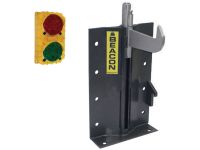 Browse 3 Products
Browse 3 Products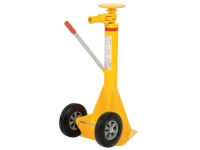 Browse 5 Products
Browse 5 Products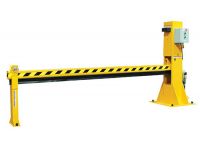 Browse 9 Products
Browse 9 Products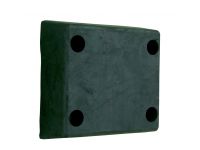 Browse 8 Products
Browse 8 Products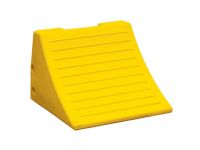 Browse 23 Products
Browse 23 Products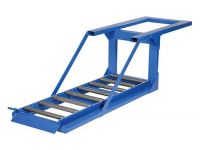
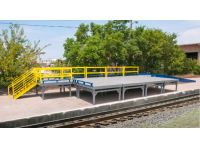 Browse 2 Products
Browse 2 Products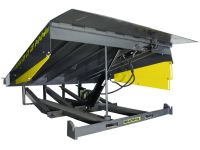 Browse 5 Products
Browse 5 Products Browse 3 Products
Browse 3 Products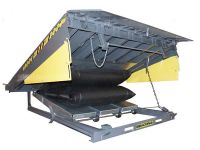 Browse 2 Products
Browse 2 Products Browse 7 Products
Browse 7 Products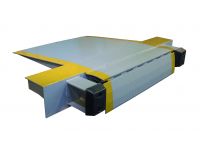
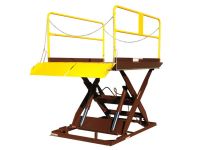 Browse 6 Products
Browse 6 Products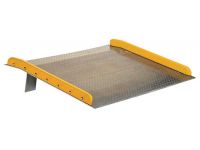 Browse 8 Products
Browse 8 Products
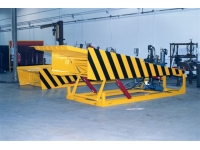 Browse 3 Products
Browse 3 Products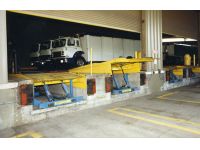
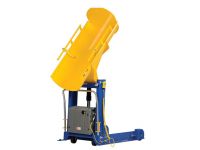 Browse 14 Products
Browse 14 Products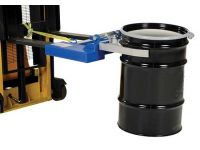 Browse 11 Products
Browse 11 Products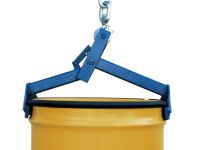 Browse 13 Products
Browse 13 Products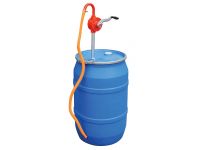 Browse 8 Products
Browse 8 Products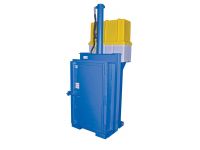 Browse 5 Products
Browse 5 Products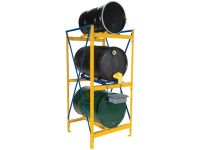 Browse 13 Products
Browse 13 Products Browse 35 Products
Browse 35 Products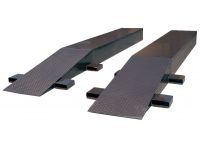 Browse 4 Products
Browse 4 Products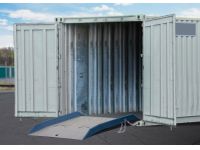 Browse 13 Products
Browse 13 Products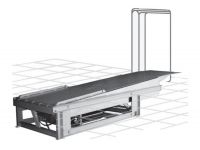
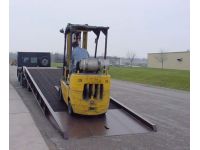 Browse 13 Products
Browse 13 Products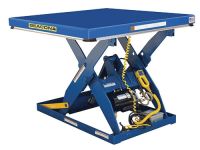 Browse 21 Products
Browse 21 Products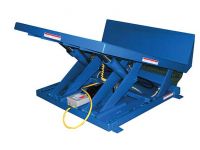 Browse 12 Products
Browse 12 Products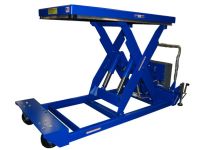 Browse 14 Products
Browse 14 Products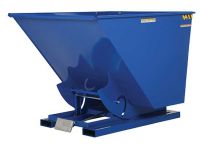 Browse 20 Products
Browse 20 Products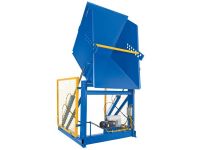
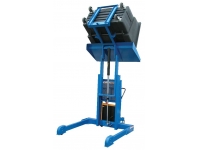 Browse 6 Products
Browse 6 Products Browse 12 Products
Browse 12 Products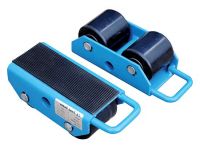 Browse 2 Products
Browse 2 Products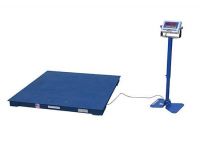 Browse 17 Products
Browse 17 Products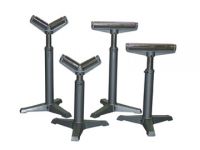 Browse 3 Products
Browse 3 Products Browse 12 Products
Browse 12 Products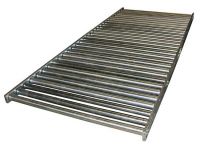 Browse 7 Products
Browse 7 Products Browse 14 Products
Browse 14 Products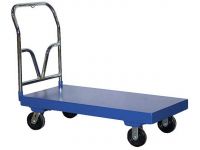 Browse 39 Products
Browse 39 Products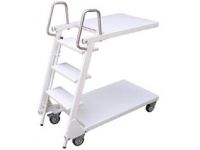 Browse 4 Products
Browse 4 Products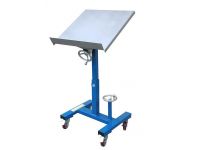 Browse 14 Products
Browse 14 Products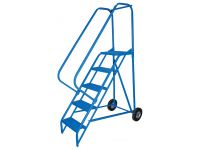 Browse 20 Products
Browse 20 Products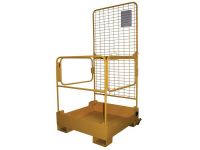 Browse 4 Products
Browse 4 Products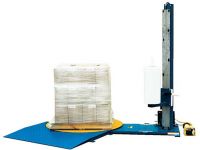 Browse 17 Products
Browse 17 Products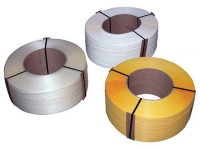 Browse 4 Products
Browse 4 Products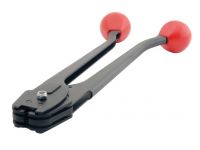 Browse 11 Products
Browse 11 Products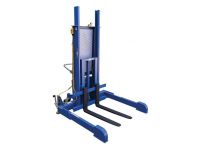 Browse 27 Products
Browse 27 Products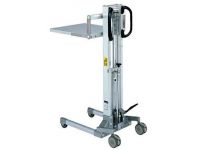 Browse 20 Products
Browse 20 Products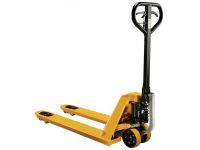 Browse 29 Products
Browse 29 Products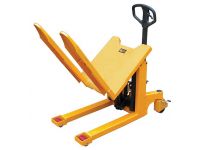 Browse 8 Products
Browse 8 Products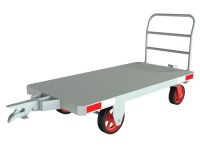 Browse 2 Products
Browse 2 Products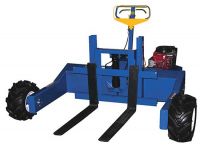 Browse 4 Products
Browse 4 Products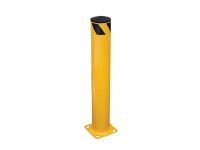 Browse 28 Products
Browse 28 Products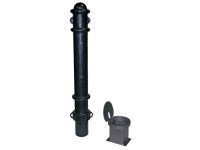 Browse 8 Products
Browse 8 Products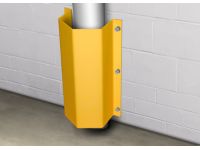 Browse 21 Products
Browse 21 Products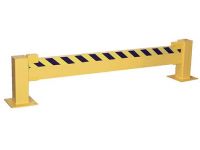 Browse 11 Products
Browse 11 Products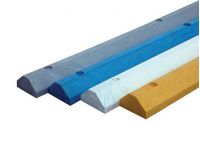 Browse 9 Products
Browse 9 Products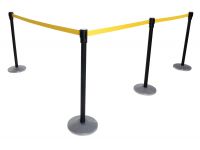 Browse 13 Products
Browse 13 Products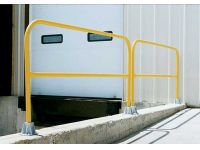 Browse 4 Products
Browse 4 Products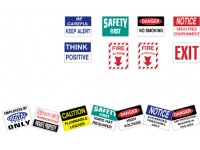 Browse 4 Products
Browse 4 Products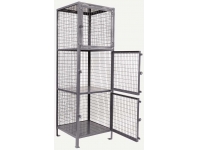 Browse 16 Products
Browse 16 Products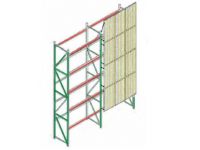 Browse 15 Products
Browse 15 Products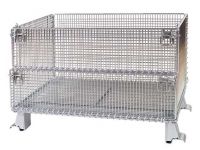 Browse 10 Products
Browse 10 Products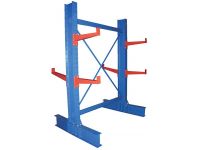 Browse 26 Products
Browse 26 Products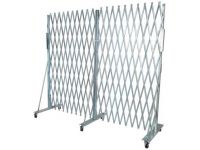 Browse 3 Products
Browse 3 Products